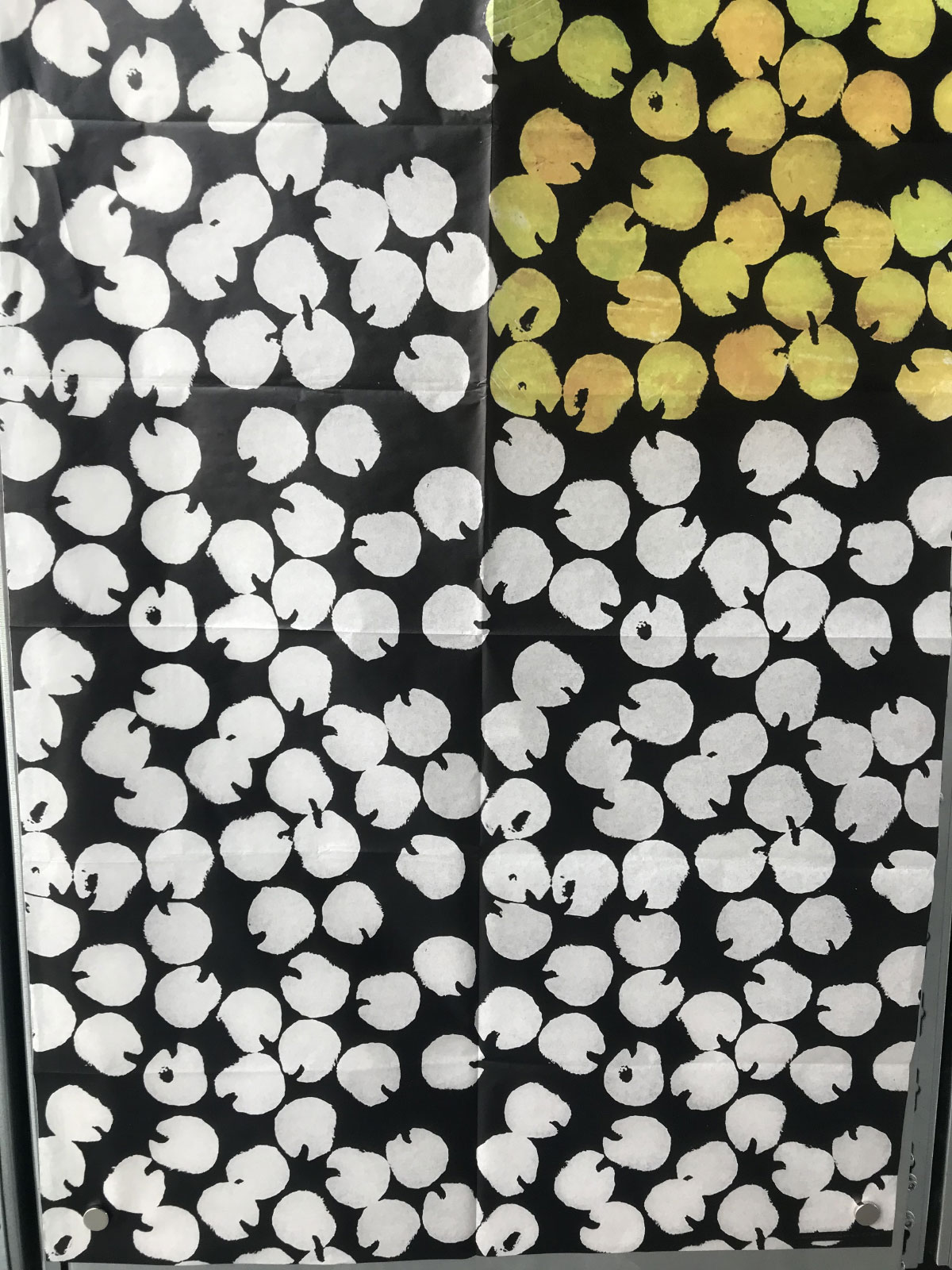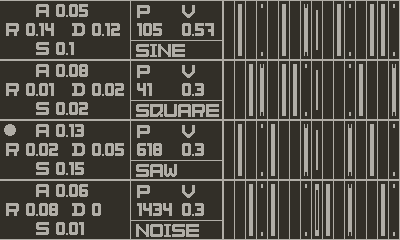oom origins
March 29, 2024
By Gregory Kogos
(Gregory is the creator of oom, the spiritual successor to the Season 1 game Omaze.)
My name is Gregory Kogos and I play too many games!
“Hello, Gregory…”
Sometimes, they directly inspire me to create my own, but more often, they linger in the corners of my mind, waiting to resurface as the solution to a specific design problem.
Once I was playing DOOM Eternal (what a game!) and noticed a rhythmic quality to it. Each weapon had its own pace, and I found myself shooting to the beat it created, all the while concentrating on movement and aiming. And then it hit me! What if this, but in 2D? You shoot automatically to the beat and move simultaneously—the only challenge is to position yourself correctly in anticipation of the next beat. This idea seamlessly aligned with the concept I was already exploring while developing my hardware game, Skeeper (More on that here)
Then in a few weeks I came up with initial prototype and sent it to Panic.
Many things have changed during the development and that’s where the games from my subconsciousness stepped in. Objectively, oom is best described as Crypt of the NecroDancer meets Osmos – both games I played and loved. However, there was no deliberate intention to create this kind of crossover; it simply evolved that way. Same with the Disk Room - I definitely see that I borrowed the “rooms structure” as well as one very specific mechanic in the last quarter of oom.
To be honest I’m somewhat conflicted. While I strive to make something original – I see many traces of other games in mine. Yet,I hope that mix of different borrowed ideas, coupled with their actual execution and context, does create unique gaming experience.
Speaking of “Lesser artists borrow; great artists steal”. A decisive moment for the game’s look occurred during my visit to the Bauhaus Museum in Dessau. There, I spotted the main character on gift wrapping paper in their shop.

And here is the main reference for the final boss:

Sound in oom is generated with built-in synths. I even developed a dedicated sound tool to check how would 4 synth tracks sound on the device speaker. More details on this will follow, but for now, here’s a little teaser picture:

Oom is spiritual successor to Omaze. In fact I was planning to make a DLC for Omaze, but quickly realised that all the ideas I wanted to convey there migrated to oom. So for those who finished both games, in a David Lynch fashion I present you with five questions that explain the story of both games:
- How do the bosses look in Omaze?
- How did Omaze end?
- How does the boss look in oom?
- What is the difference between the endings in both games?
- What do you have by the end in oom that you didn’t have in Omaze?